
Ingredient
Herbal and other non-tea infusions
Nature's Infused Elixir
Herbal and non-tea infusions encompass a wide range of flavors and aromas, depending on the ingredients used. They can be enjoyed hot or cold and are often prized for their soothing properties and potential health benefits.
Origins and history
The practice of infusing herbs and other botanicals in water dates back centuries and is prevalent in many cultures worldwide. From traditional Chinese herbal teas to South American mate infusions, each culture has its unique traditions and uses for these flavorful beverages.
Nutritional information
Herbal and non-tea infusions are naturally low in calories and often contain beneficial compounds found in the infused ingredients, such as antioxidants, vitamins, and minerals. The specific nutritional content varies depending on the herbs or botanicals used.
Allergens
May contain allergens depending on the specific ingredients used in the infusion. Common allergens include pollen, nuts, or fruits.
How to select
When selecting herbal and non-tea infusions, choose high-quality loose-leaf or bagged products from reputable brands or specialty tea shops. Consider the flavor profiles and ingredients that appeal to your taste preferences, and opt for organic or sustainably sourced options when available.
Storage recommendations
To preserve the flavors and aromas of herbal and non-tea infusions, store them in airtight containers away from direct sunlight, moisture, and strong odors. Keep them in a cool, dry place to maintain their freshness and quality.
How to produce
Producing herbal and non-tea infusions can be done at home by steeping your desired combination of herbs, flowers, fruits, or spices in hot water. Experiment with different ratios and steeping times to achieve the desired flavor intensity.
Preparation tips
Herbal and non-tea infusions can be enjoyed on their own or used as a base for creating refreshing beverages. They can be served hot or cold, infused with additional fruits or herbs, or even used as a flavoring component in cocktails or mocktails.
Culinary uses
Herbal and non-tea infusions are commonly used as a caffeine-free alternative to traditional tea. They are enjoyed worldwide and are particularly popular in countries with a strong tea-drinking culture, such as China, India, Morocco, and Japan.
Availability
Herbal and non-tea infusions are widely available in supermarkets, specialty tea shops, health food stores, and online retailers that offer a variety of herbal tea blends and infusions.
More ingredients from this category » Browse all
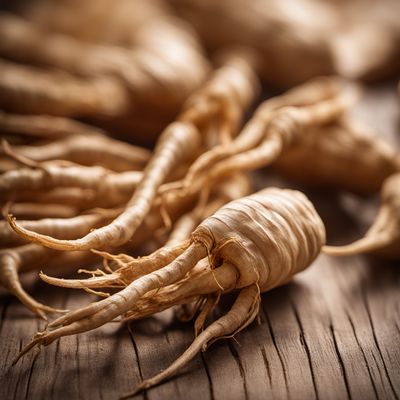
Ginseng root infusion
Elixir of Vitality

Peppermint infusion
Refreshing Peppermint: A Cooling Herbal Elixir

Fruit infusion
Refreshing Fruit Infusion
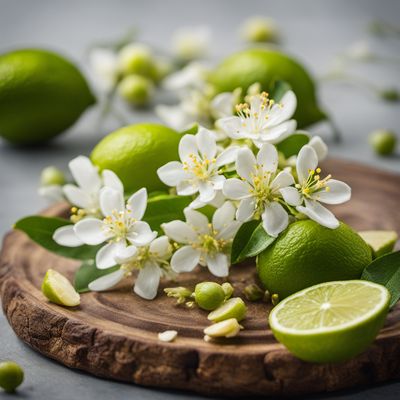
Lime blossoms infusion
The Fragrant Elixir of Lime Blossoms
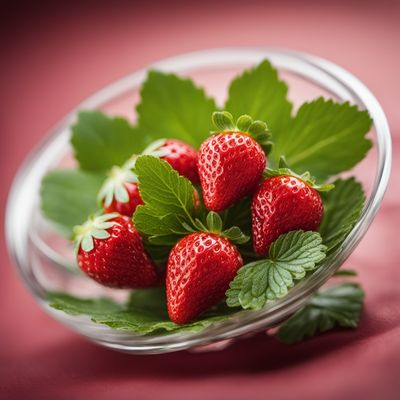
Strawberry leaves infusion
"The Delicate Elixir: Unveiling the Secrets of Strawberry Leaves Infusion"

Valerian root infusion
The Tranquil Elixir: Valerian Root Infusion
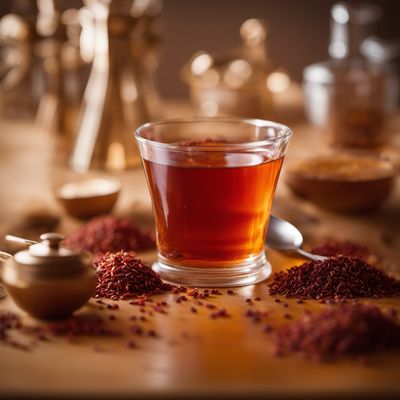
Rooibos infusion
The Red Bush Elixir
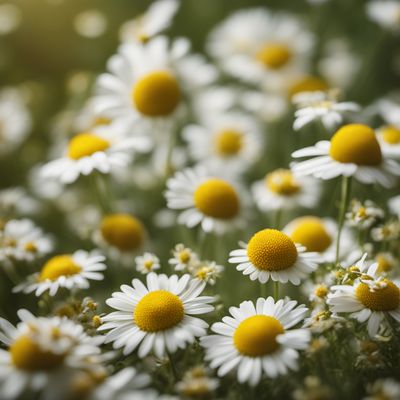
Camomile infusion
"Soothing Serenity: Unveiling the Delicate Elixir of Camomile"
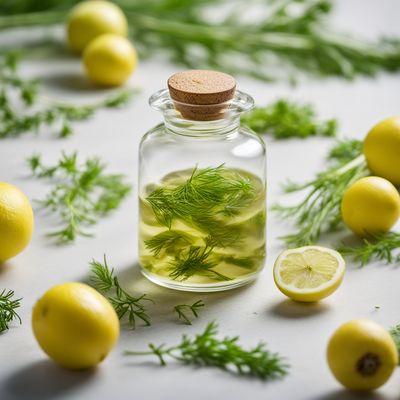
Fennel infusion
The Fragrant Elixir: Fennel Infusion
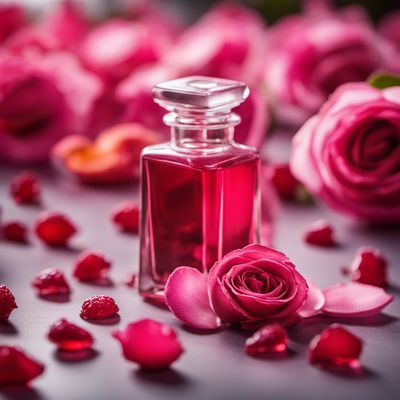
Rose infusion
"The Fragrant Elixir: Exploring the Delicate Flavors of Rose Infusion"
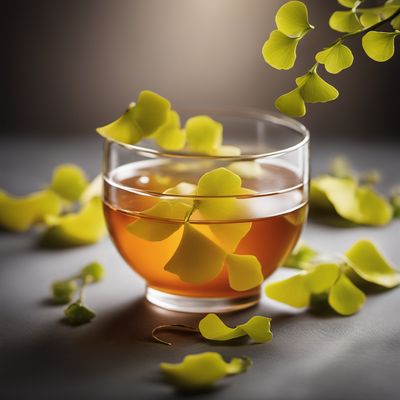
Gingko infusion
The Golden Elixir: Unveiling the Secrets of Gingko Infusion

Elderflowers infusion
The Fragrant Elixir: Elderflower Infusion
Recipes using Herbal and other non-tea infusions » Browse all

Dahi Puri - The Perfect Blend of Tangy and Creamy Delights
Dahi Puri: A Burst of Flavors in Every Bite

Turkish-Style Istanbul Odrezak
Sultan's Delight: Turkish-Style Istanbul Odrezak
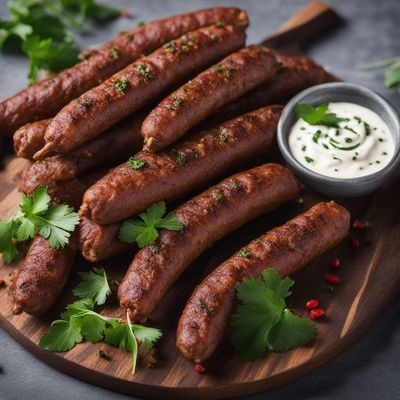
Kupati-inspired Spiced Lamb Sausage with Middle Eastern Flavors
Middle Eastern Lamb Sausage Delight
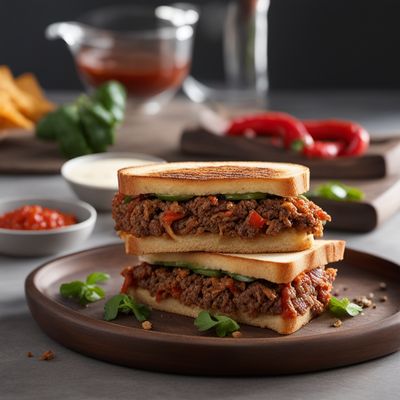
Central Asian Patty Melt
Savory Fusion: Central Asian Patty Melt with a Spicy Twist

Bangladeshi Style Chicken Curry
Spicy and Flavorful Bangladeshi Chicken Curry

Caspian Spinach Pancakes
Savory Spinach Delight: Caspian Style Pancakes
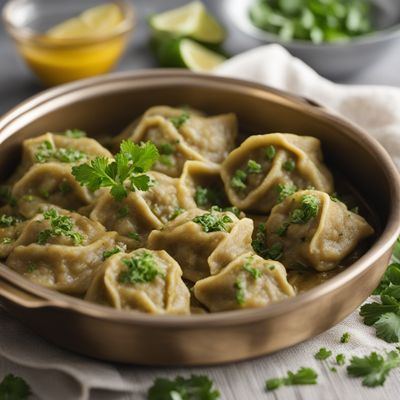
Omani-style Stuffed Dumplings
Savory Delights from Oman: Omani-style Stuffed Dumplings
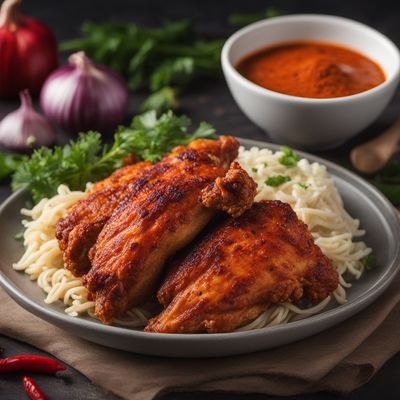
Hot Chicken Andorra
Spicy Andorran Chicken Delight
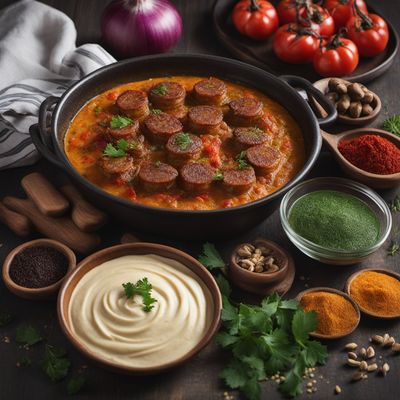
Androlla with Azerbaijani Twist
Spiced Androlla Delight: A Taste of Azerbaijan

Yemeni-style Seafood Pancake
Savory Sea Delight: Yemeni Seafood Pancake

Turkish-style Stuffed Zucchini Blossoms
Delightful Dolmas: Turkish Stuffed Zucchini Blossoms
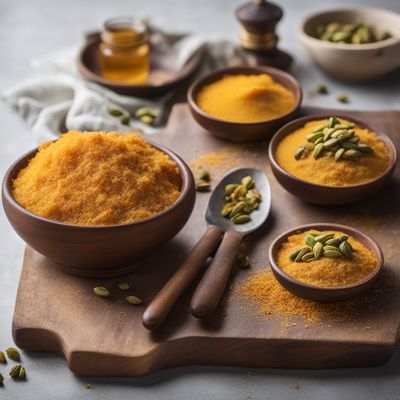
Khanfaroosh - Iranian Sweet Pastry
Saffron Delight: A Sweet Journey through Iranian Cuisine